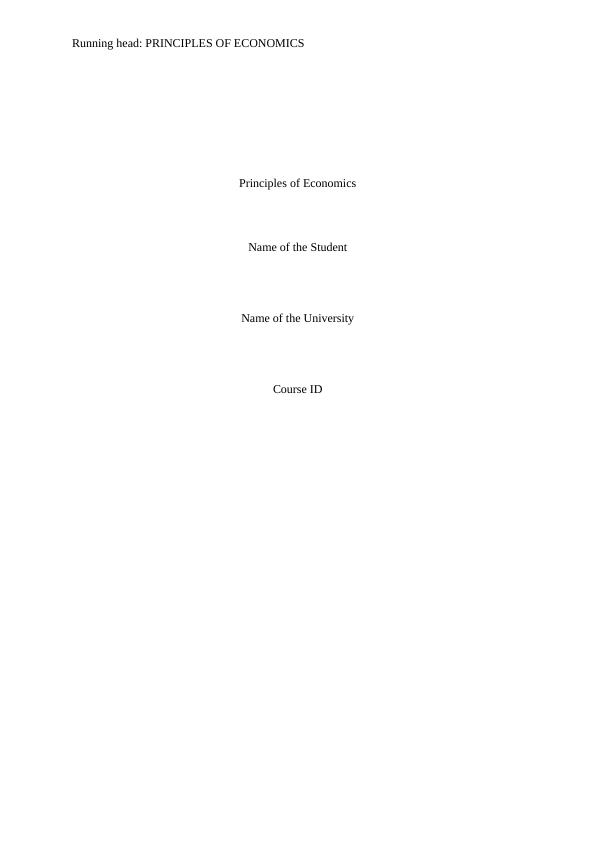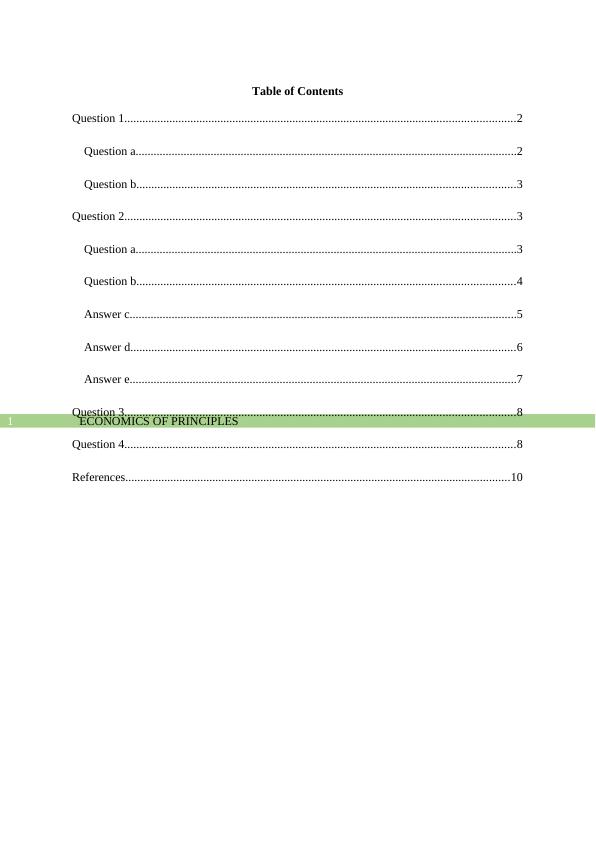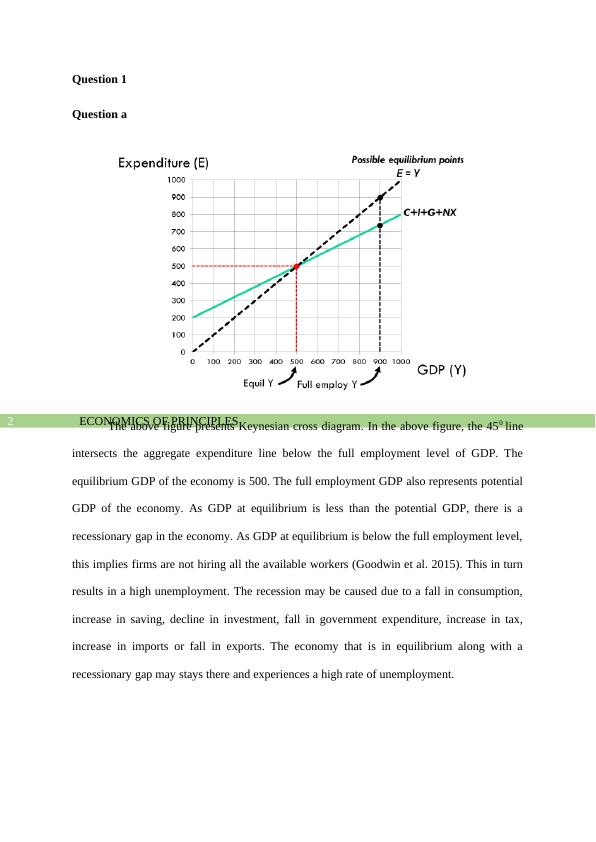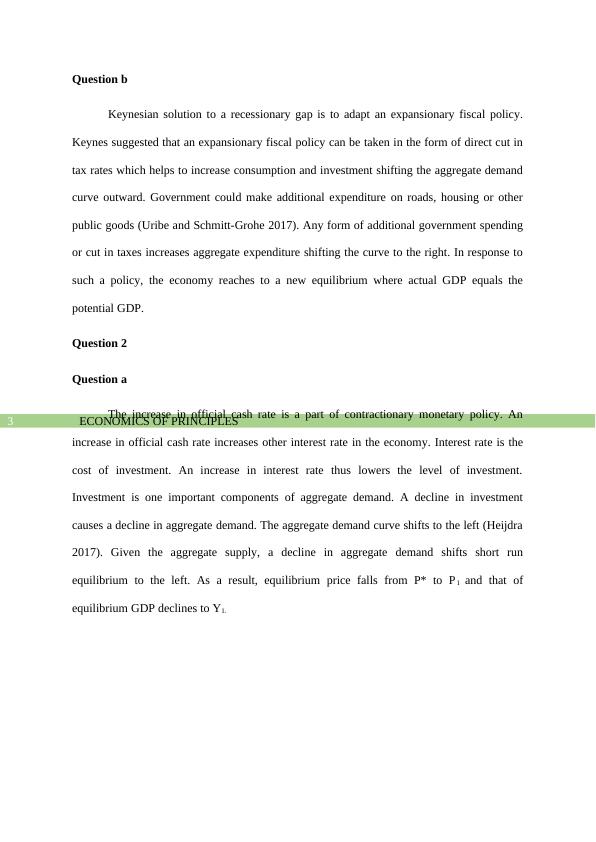Principles of Economics
Identify economic problems, analyze AD-AS model effects, and fill in a table for a closed economy.
11 Pages1483 Words41 Views
Added on 2023-01-16
About This Document
This document provides study material and solved assignments on Principles of Economics. It covers topics such as the Keynesian cross diagram, expansionary fiscal policy, contractionary monetary policy, and the impact of factors like China's recession and an increase in world oil price on the economy. The document also discusses the limitations of using per capita GDP as a measure of well-being.
Principles of Economics
Identify economic problems, analyze AD-AS model effects, and fill in a table for a closed economy.
Added on 2023-01-16
ShareRelated Documents
End of preview
Want to access all the pages? Upload your documents or become a member.
Impact of Government Expenditure on Aggregate Demand
|5
|1381
|74
Equilibrium Level of National Income Model
|16
|2969
|28
The Global Economy : Assignment
|11
|1866
|57
Stable Economic Equilibrium
|9
|1482
|263
Expansionary Fiscal Policy
|10
|2221
|91
MACROECONOMICS.
|3
|402
|85




